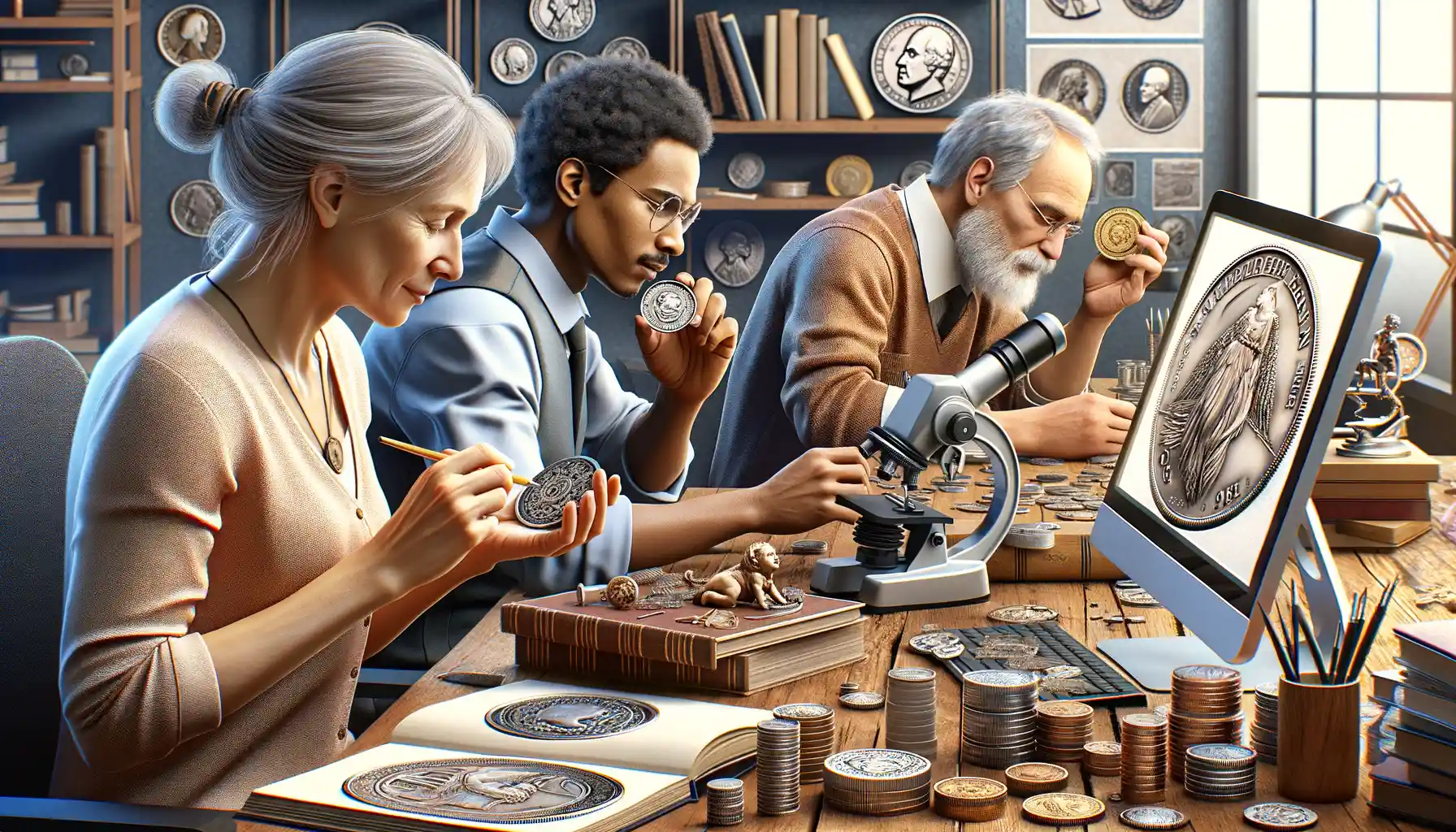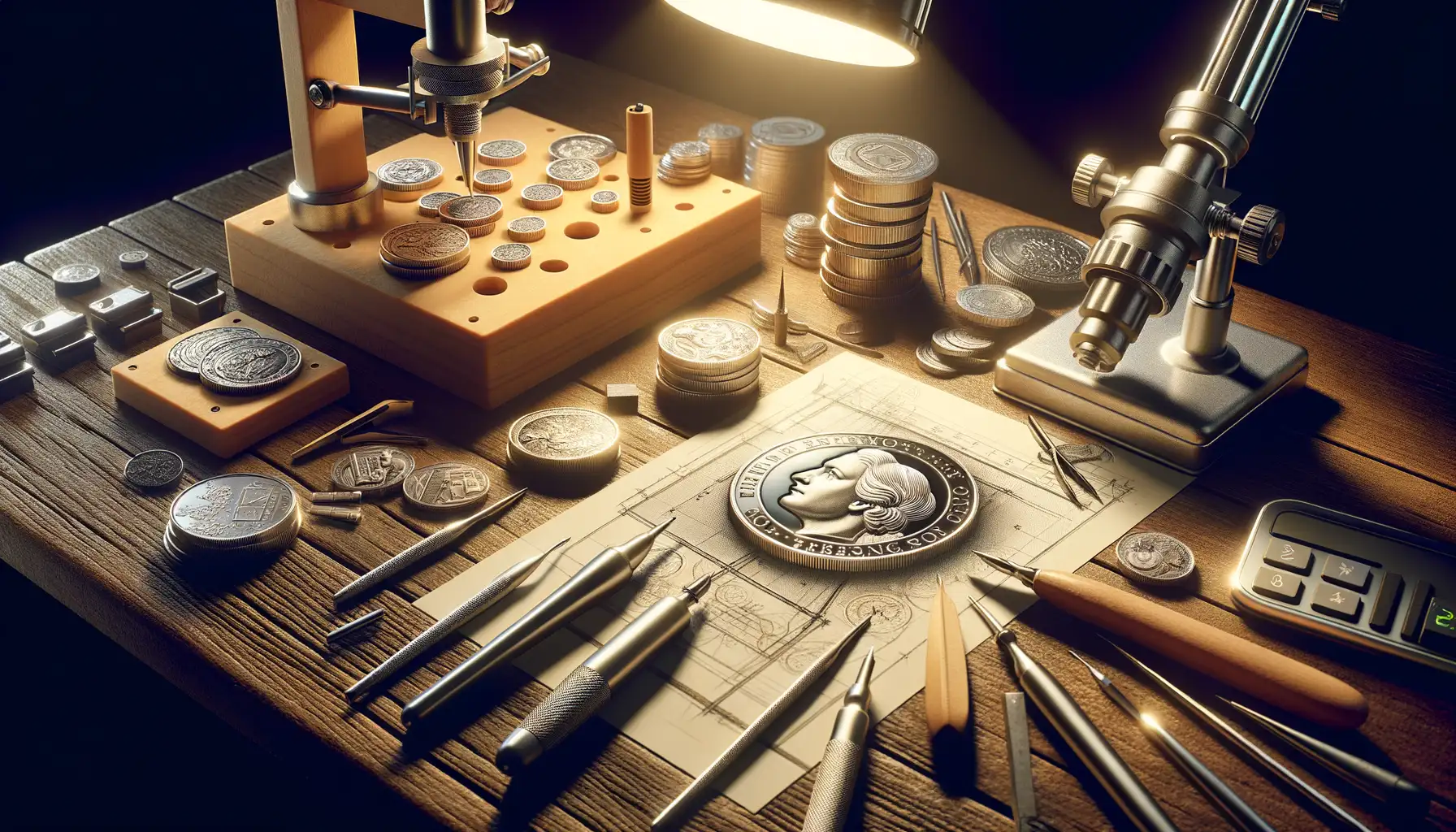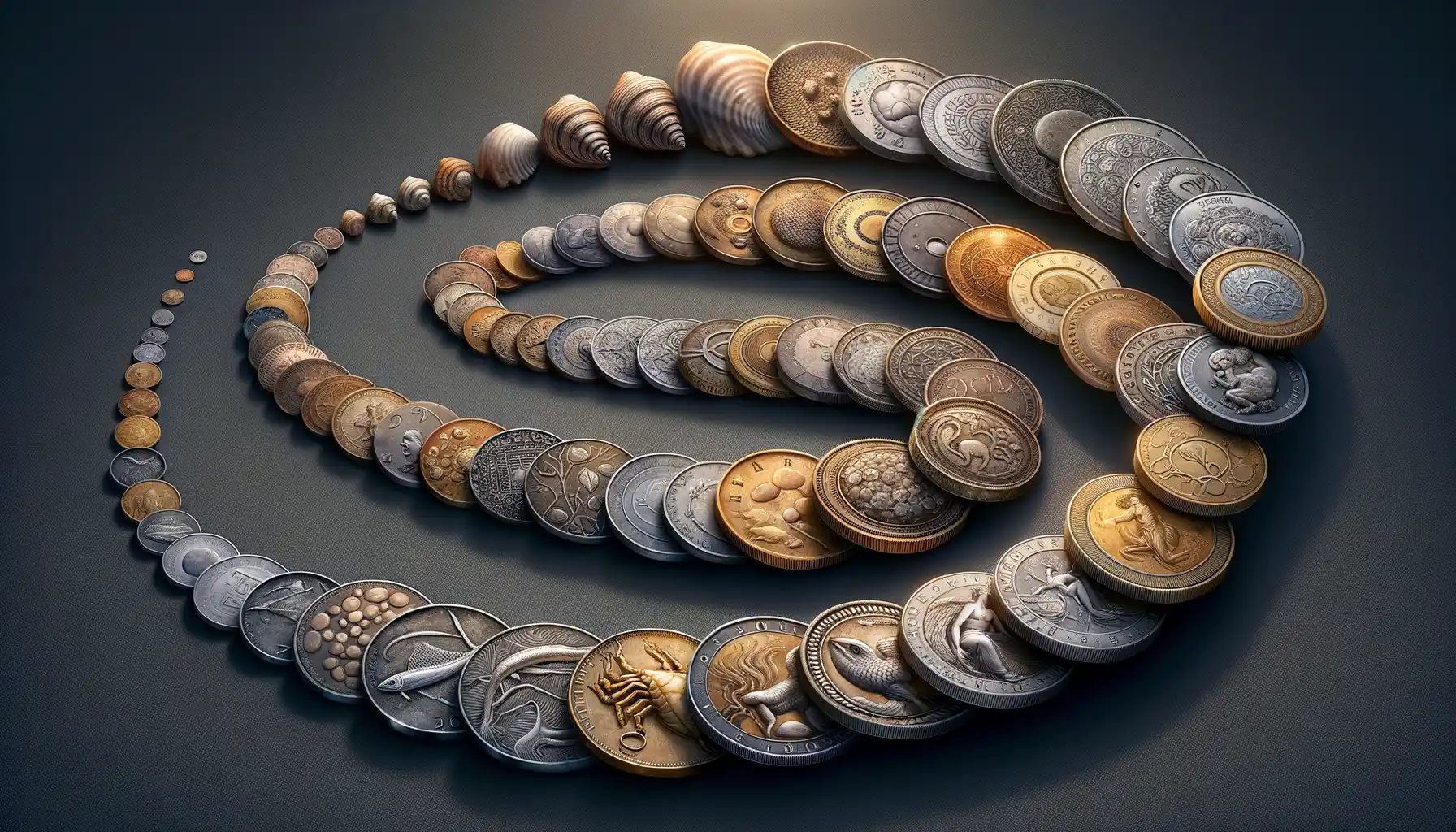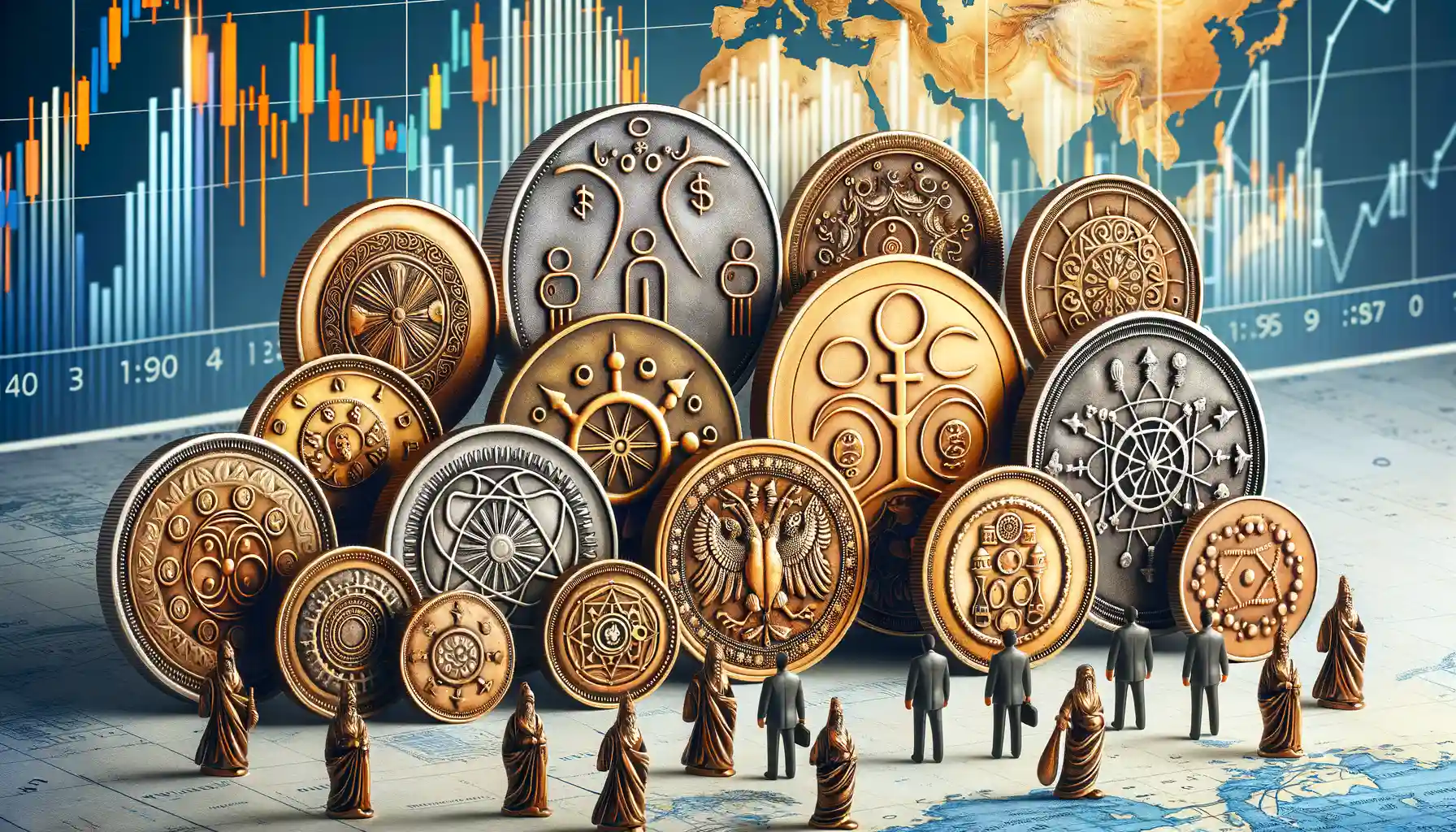Introduction to the Art of Coin Design
Coins are far more than pieces of metal exchanged for goods—they’re tiny, tactile works of art that fit snugly in your palm yet brim with stories and meaning. When you hold a coin, have you ever paused to admire its intricate design? The flowing curves, sharp details, and carefully chosen symbols aren’t accidental. They’re the results of vision, skill, and centuries of tradition.
The Hidden Language Behind Every Coin
Certain designs evoke power and authority—a lion roaring, an eagle soaring. Others whisper stories of cultural significance: rulers immortalized in profile, emblems of revolutions, or even mythical creatures guarding ancient secrets. Every line, every texture is deliberate, offering a glimpse into history, identity, and economics wrapped in one tiny package.
Take, for instance, the iconic image of Queen Elizabeth II on British coins. That regal profile has evolved over time, yet it maintains a sense of dignity and continuity. Or consider American quarters featuring state-specific designs, turning pocket change into a nationwide scavenger hunt!
- Symbolism: From olive branches to dragons, every element carries weight.
- Texture: Raised edges and ridges aren’t just decorative—they prevent counterfeiting!
Designing a coin means uniting functionality with artistry—a delicate balancing act where failure isn’t an option. After all, coins travel through countless hands, leaving a cultural imprint wherever they go.
Famous Coin Designers and Their Contributions

The Visionaries Who Shaped Coin Design
Behind every coin lies a story, not just of history or economy, but of the people who poured their soul into its design. Let’s talk about some of the brilliant minds whose vision turned cold metal into miniature masterpieces.
Take Augustus Saint-Gaudens, for example. His work on the $20 Double Eagle is what you’d call poetry in motion—so intricate, so alive, it’s often described as the most beautiful coin ever minted in the United States. But beauty wasn’t his only goal; Saint-Gaudens wanted this coin to reflect a nation’s pride, its bold future, and yes, even its struggles. Mission accomplished.
And then there’s Mary Gillick—the woman who gave Queen Elizabeth II her first portrait on coins. Her 1953 design didn’t just capture the queen; it radiated youthful warmth and a sense of quiet dignity. Talk about timeless elegance!
- Adolph A. Weinman: Creator of the iconic Mercury Dime, with its artful balance of grace and symbolism.
- Barbara Fox: A modern master leaving her mark on commemorative coins with bold, unforgettable designs.
These names are more than just signatures etched into history—they’re windows into the hearts of the artists who dared to dream big.
Techniques and Processes in Coin Design

From Sketch to Masterpiece: The Creative Journey
Designing a coin isn’t just drafting circles and numbers—it’s crafting miniature pieces of history. It all starts with a flash of inspiration, often derived from culture, historical events, or even nature. Designers sketch their ideas on paper, bringing symbolic elements to life in pencil strokes. Picture it: a simple graphite drawing that holds the potential to be held by millions in their palm.
Once the concept is approved, the real magic begins. Artists sculpt a detailed model, often using clay or plaster, to capture every fine groove, curve, or intricate texture. This stage requires a steady hand and almost obsessive attention to detail. It’s here that dynamism emerges—think about how the feathers on a bird’s wing seem to lift off a coin like they’re about to take flight.
- Engraving: After the model, engravers use advanced tools to etch the design into metal dies, ensuring precision at microscopic levels.
- Proofing: Coins are struck as prototypes to perfect details like depth, shine, and alignment before mass production.
Each step is a marriage of artistry and technology, merging passion with precision to birth truly timeless designs.
Historical Evolution of Coin Design

Coins as Storytellers Through Eras
Picture a worn coin resting in your palm. What tale does it tell? From ancient civilizations to modern mints, coins have served as miniature canvases for societies to preserve their identity. The journey of their design is nothing short of an epic novel—etched in metal.
In ancient Greece, for instance, coins weren’t just currency; they were a display of artistry. Think of the intricate profiles of gods and goddesses such as Athena, her wise owl often perched beside her—a nod to wisdom and prosperity. Fast forward to the Middle Ages, and you’ll find coins stamped with regal crests, boldly asserting the power of monarchs.
By the 19th century, innovation took center stage. Industrial breakthroughs introduced steam-powered presses, elevating the precision and intricacy of designs. Suddenly, details like subtle wreath engravings or hidden mint marks felt almost magical—like a secret handshake between creator and collector.
- 1909 Lincoln Cent: The first U.S. coin to feature a real person, embracing a cultural shift.
- Euro Coins: A uniting symbol reflecting diverse nations within a single design framework.
Every coin design whispers a chapter of human history—artifacts not just of wealth but of emotion, identity, and progress.
Impact of Coin Designs on Culture and Economy

Coins as Storytellers of Culture
Coins are more than just currency—they’re compact works of art that whisper the tales of civilizations. Think about it: every image, symbol, or phrase etched onto a coin carries a piece of a nation’s identity. For example, the intricate designs of ancient Greek drachmas celebrated gods and mythological creatures, paying homage to their spiritual beliefs. Fast forward to today, and you’ll find modern coins featuring everything from national heroes to wildlife, each reflecting values and pride.
The symbolic power of coins also amplifies during pivotal moments. When countries like Estonia adopted the euro, their coin designs—showcasing maps and cultural icons—weren’t just aesthetic. They spoke of newfound unity and progress. Now, isn’t that a story worth holding in your hand?
Economic Ripples from Artistic Coins
Beyond beauty, coin designs spark practical benefits. Collectible series, such as the U.S. State Quarters Program, caused a frenzy among hobbyists, raking in billions for the economy. Some advantages?
- Increased tourism: Unique coins attract travelers eager for rare souvenirs.
- Enhanced trade: Striking designs evoke trust, boosting international commerce.
- Cultural diplomacy: Foreign collectors learn about a country’s heritage through its currency.
So, every coin isn’t just a transaction—it’s a conversation starter, an ambassador, and sometimes, a treasure. Who knew pocket change could carry so much weight?